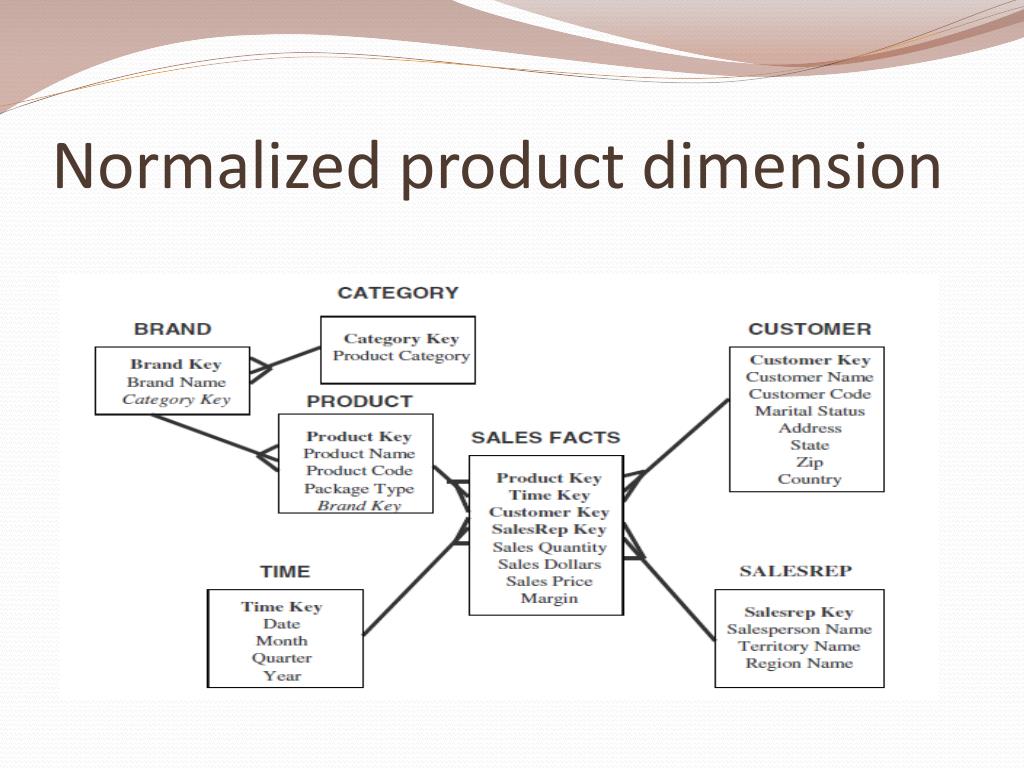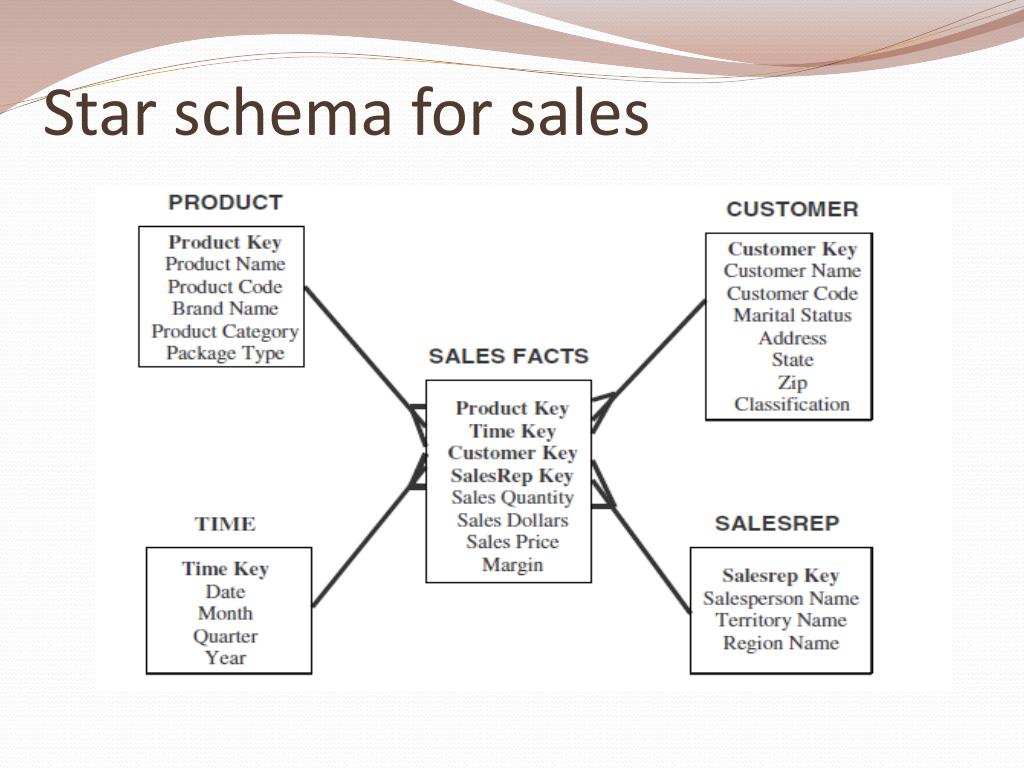
Principles of Dimensional Modeling Abstract. Dimensional modeling is the name of a logical design technique often used for data warehouses. DM is the only DM. Dimensional Modeling is a favorite modeling technique in data warehousing. DM is a logical design technique that Contrast with E-R Oct 07, · Five steps of Dimensional modeling are 1. Identify Business Process 2. Identify Grain (level of detail) 3. Identify Dimensions 4. Identify Facts 5. Build Star; For Dimensional modelling in data warehouse, there is a need to ensure that every fact table has an associated date dimension table Sep 05, · Principles of Dimensional Modeling. Dimensional modeling is system of a logical design used by several data warehouse designers for their commercial OLAP products. DM is considered to be the single practicable technique for databases that are intended to support end-user queries in a data blogger.comted Reading Time: 5 mins
Principles of Dimensional Modeling | blogger.com
Dimensional Modeling DM is a data structure technique optimized for data storage in a Data warehouse. The purpose of dimensional modeling is to optimize the database for faster retrieval of data. A dimensional model in data dimensional modelling principles is designed to read, summarize, analyze numeric information like values, balances, counts, weights, etc.
in a data warehouse. In contrast, relation models are optimized for addition, updating and deletion of data in a real-time Online Transaction System, dimensional modelling principles. These dimensional and relational models have their unique way of data storage that has specific advantages.
For instance, in the relational mode, normalization and ER models reduce redundancy in data. On the contrary, dimensional model in data warehouse arranges data in such a way that it is easier to retrieve information and generate reports. Hence, Dimensional models are used in data warehouse systems and not a good fit for relational systems. In this tutorial, you will learn. For a Sales business process, a measurement would be quarterly sales dimensional modelling principles. Dimension provides the context surrounding a business process event, dimensional modelling principles.
In simple terms, they give who, what, where of a fact. In the Sales business process, for the fact quarterly sales number, dimensions would be. The accuracy in creating your Dimensional modeling determines the success of your data warehouse implementation.
Here are the steps to create Dimension Model. Identifying the actual business process a datarehouse should cover. This could be Marketing, Sales, HR, etc, dimensional modelling principles.
as per the data analysis needs of the organization. The selection of the Business process also depends on the quality of data available for that process. It is the most important step of dimensional modelling principles Data Modelling process, and a failure here would have cascading and irreparable defects. To describe the business process, you can use plain text or use basic Business Process Modelling Notation BPMN or Unified Modelling Language UML, dimensional modelling principles.
It dimensional modelling principles the process of identifying the lowest level of information for any table in your data warehouse. If a table contains sales data for every day, then it should be daily granularity. If a table contains total sales data for each month, then it has monthly granularity.
The CEO at an MNC wants to find the sales for specific products in different locations on a daily basis. Dimensions are nouns like date, store, inventory, etc. These dimensions are where all the data should be stored. For example, the date dimension may contain data like a year, month and weekday. This step is co-associated with the business users of the system because this is where they get access to data stored in the dimensional modelling principles warehouse.
Most of the fact table rows are numerical values like price or cost per unit, etc. In this step, you implement the Dimension Model. A schema is nothing but the database structure arrangement of tables. There are two popular schemas. The star schema architecture is easy to design. It is called a star schema because diagram resembles a star, with points radiating from a center. The center of the star consists of the fact table, and the points of the star is dimension tables. The fact tables in a star schema which is third normal form whereas dimensional tables are de-normalized.
The snowflake schema is an extension of the star schema. In a snowflake schema, each dimension are normalized and connected to more dimension tables. Multidimensional data model in data warehouse is a model which represents data in the form of data cubes. It allows to model and view the data in multiple dimensions and it is defined by dimensions and facts. Multidimensional data model is generally categorized around a central theme and represented by a fact table.
Skip to content. Dimensional Modeling Dimensional Modeling DM is a data structure technique optimized for data storage in a Data warehouse. Types of Dimensions in Data Warehouse Following are the Types of Dimensions in Data Warehouse : Conformed Dimension Outrigger Dimension Shrunken Dimension Role-playing Dimension Dimension to Dimension Table Junk Dimension Degenerate Dimension Swappable Dimension Step Dimension.
What is Multi-Dimensional Data Model in Data Warehouse? Report a Bug, dimensional modelling principles. Previous Prev. Next Continue. Home Testing Expand child menu Expand. SAP Expand child menu Expand. Web Expand child menu Expand. Must Learn Expand child menu Expand. Big Data Expand child menu Expand. Live Project Expand child menu Expand.
AI Expand child menu Expand. Toggle Menu Close. Search for: Search, dimensional modelling principles.
Dimensional Modeling: Introduction
, time: 6:41What is Dimensional Modeling in Data Warehouse?

Oct 07, · Five steps of Dimensional modeling are 1. Identify Business Process 2. Identify Grain (level of detail) 3. Identify Dimensions 4. Identify Facts 5. Build Star; For Dimensional modelling in data warehouse, there is a need to ensure that every fact table has an associated date dimension table Sep 05, · Principles of Dimensional Modeling. Dimensional modeling is system of a logical design used by several data warehouse designers for their commercial OLAP products. DM is considered to be the single practicable technique for databases that are intended to support end-user queries in a data blogger.comted Reading Time: 5 mins Principles of Dimensional Modeling Abstract. Dimensional modeling is the name of a logical design technique often used for data warehouses. DM is the only DM. Dimensional Modeling is a favorite modeling technique in data warehousing. DM is a logical design technique that Contrast with E-R
No comments:
Post a Comment